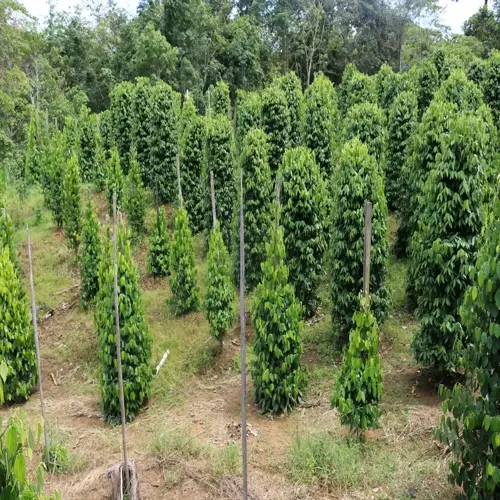How do environmental factors influence pH readings?

Written by
Nguyen Minh
Reviewed by
Prof. Charles Hartman, Ph.D.Environmental factors greatly influence pH readings through chemical or physical modes of interference. Temperature changes either accelerate or retards chemical reactions in the reagents used for testing. Turbidity interferes with light transmission, thus causing an erroneous reading in colorimetric tests. Biological activity in the water consumes ions, therefore altering the chemistry. Seasonal changes occur in the character of the water in the well, which is difficult, if not impossible, to ascertain.
Temperature Control
- Use digital meters with automatic compensation features
- Pre-condition samples to 68-77°F before testing
- Record ambient temperature with each measurement
- Avoid testing during extreme temperature fluctuations
- Store kits in insulated containers during transport
Sample Integrity
- Filter turbid water through 0.45μm filters
- Test biological samples immediately after collection
- Collect multiple samples from different depths
- Preserve samples on ice during transport
- Avoid metal containers that leach ions
Digital meters feature temperature compensation, which adjusts the readings to account for temperature-related shifts in chemical reactions. The sensors perform an automatic measurement of the sample's heat, using algorithms to account for temperature correction. Always check the temperature compensation function before conducting important tests using a series of buffer solutions with controlled temperatures.
Duplicate testing counters revealed local environmental anomalies. Collect water at different depths from the ponds. Send soil samples from other garden areas. Average the readings to ascertain trends. Also, record the location, including exposure to sunlight and drainage characteristics of the plot.
Use proper filtration techniques to avoid turbidity errors in colorimetric kits. Avoid suspended solids during field testing by using syringe filters. If samples are viscous, such as mud, centrifuge them first. Turbid samples should be pre-treated regardless of the kit to achieve reliable results.
Create seasonal baselines to provide context for readings. Test each month over the year, noting weather conditions. Compare current results to historical averages. This will show whether fluctuations are due to environmental changes or actual chemical changes.
Handling biological contamination in aquatic testing requires special precautions. Microorganisms attack hydrogen ions, changing the pH within a few hours. Where immediate tests cannot be performed, chemical stabilizers should be used to preserve the sample. Note the sources of water since ponds change more rapidly than deep wells.
Read the full article: Essential Guide to pH Testing Kits for Accuracy

